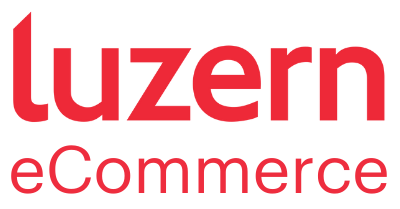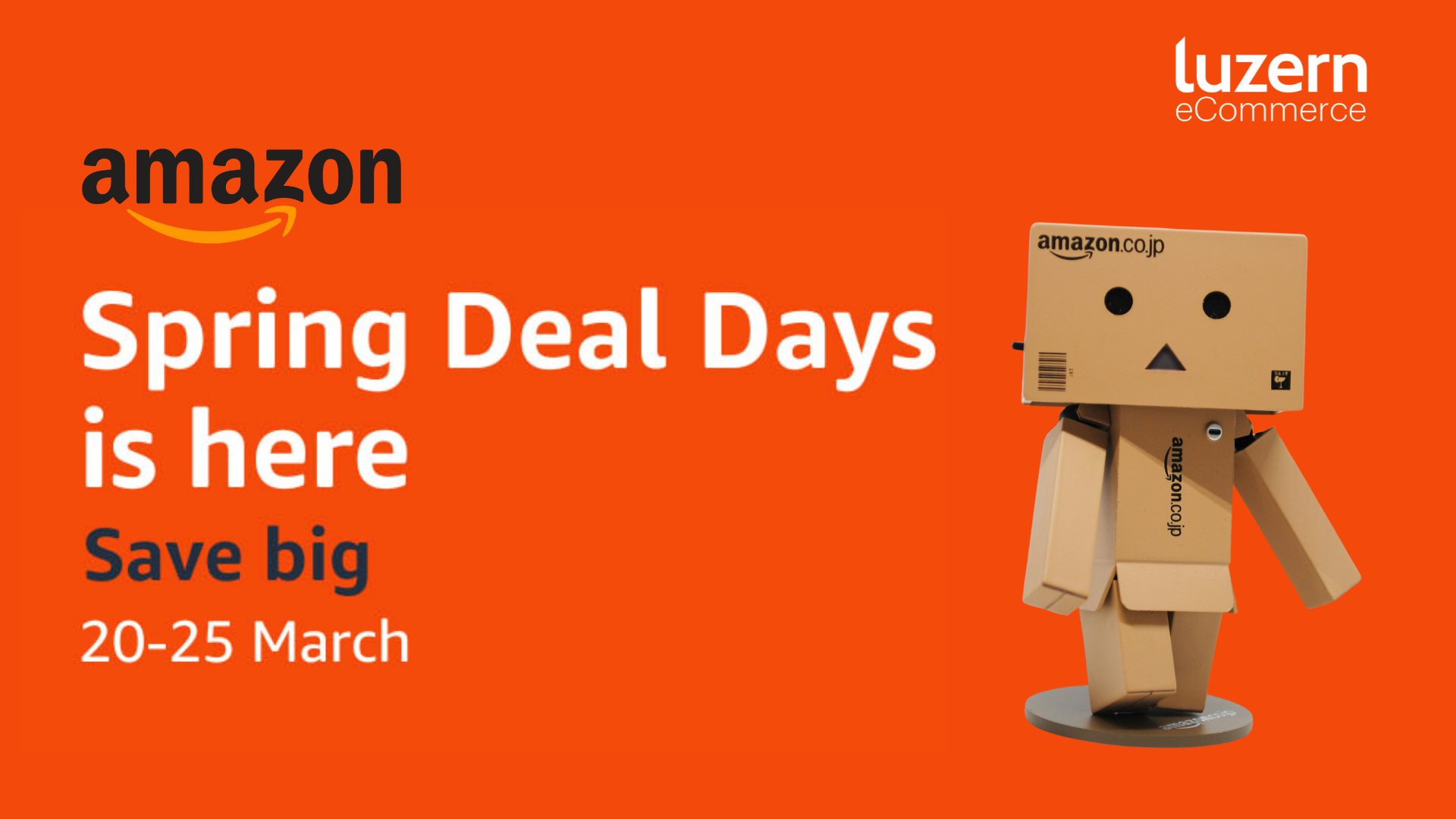Your eCommerce strategy checklist

Startups and big brands alike should review their eCommerce strategy
Luzern participated in a recent Start-Up Academy which focused on how growing Brands can make the most out of their eCommerce strategy. Here are our steps on identifying gaps within your strategy and how to address them.
eCommerce is about more than just buying and selling t-shirts online. On a daily basis, we interact on mobile banking, we use government tenders and we pay utility bills online.
All of these are forms of eCommerce. They are a series of steps that can enhance a business, with their own set of operational and cost implications. Whether your brand is offered online only, through distributors or in a retail outlet, eCommerce is the glue that holds each step on the customer purchase path together.
Developing and reviewing your eCommerce strategy
So how do you decide where and when to engage? The first step is relating to the audience you’re trying to capture. If you understand your target market properly you will know where eCommerce fits within your organization.
Consider the following as a general path to launch, for a brand or product:
- Market analysis
- Forecasting
- Marketing plan
- Launch
- Sales
- Promotional activity
- Order management
- Payment processing
- Inventory management
- Order fulfillment
- Shipping and/or distribution
- Customer service
- Post-sale communication
Every single step along this path to launch can gain from the right eCommerce strategy. Your understanding of your target market will tell you where it fits in your organization.
For example, you might require a simple customer service function, such as a staff member at a desk or a general email inbox. Or, if your audience has a larger geographical reach, you might require a multi-lingual customer service function or a 24-hour customer service function.
You need to understand how your brand can gain from the right eCommerce strategy for each of these touch points to be aware of the natural steps you need to take and when.
How to build trust in your eCommerce platform
When entering a new market, your brand will never reach a critical mass of customers unless they trust that they can enter a financial relationship with your organization. For aggressive start-ups, leveraging blue-chip companies such as PayPal can validate your brand by association.
For brands that want to truly scale it is vital to operate using an eCommerce platform that is PCI compliant from the beginning. This will ensure that you seize opportunities wherever there is demand for your product – no matter if this is local or global.
3 key considerations for your eCommerce platform
Break down costs and revenue opportunity
Some brands will jump two feet into the eCommerce wagon because that’s what is right for them. But many start-ups don’t consider how broad eCommerce is. If you are in a small company, some things are more difficult than others to manage yourself, and some things have a bigger revenue opportunity than others.
Make things easy for your customer
This is common to both big brands and smaller brands alike. Enhancing your fulfilment options should be a key consideration. Paying for shipping is something people are willing to do if they can get something quick and in a more convenient location. Where it was inequitable for some businesses to look at these options three years ago, it’s worth revisiting now because the cost of it has come down.
Leverage your existing network
Use the network you have and get people to influence you on your behalf. If you’re using social media, think about how you can get your customers to talk about your product. Identify who can be key influences in your market and who your target customers respond to. Last Black Friday, Oprah Winfrey picked one of Jawbone’s products as a perfect stocking filler, giving the brand huge exposure on national US television and on social media. Every brand is different and not everyone can count on such a huge endorsement but the bottom line is that you have customers that care about your product – you just have to give them a platform to let everyone know about it.
So What’s next?

